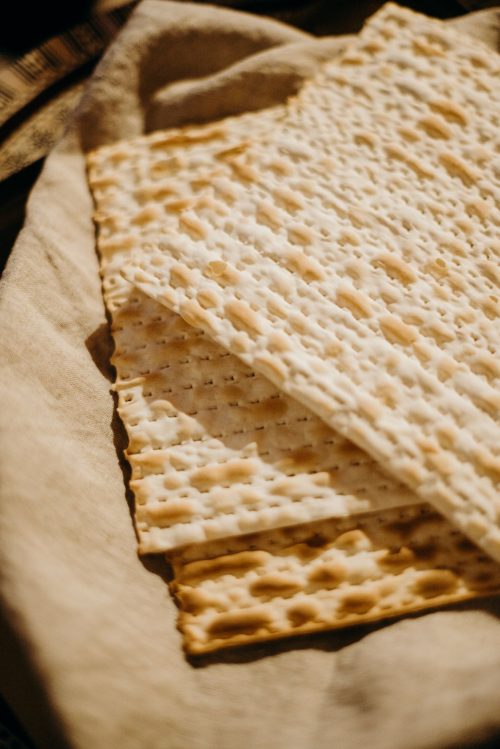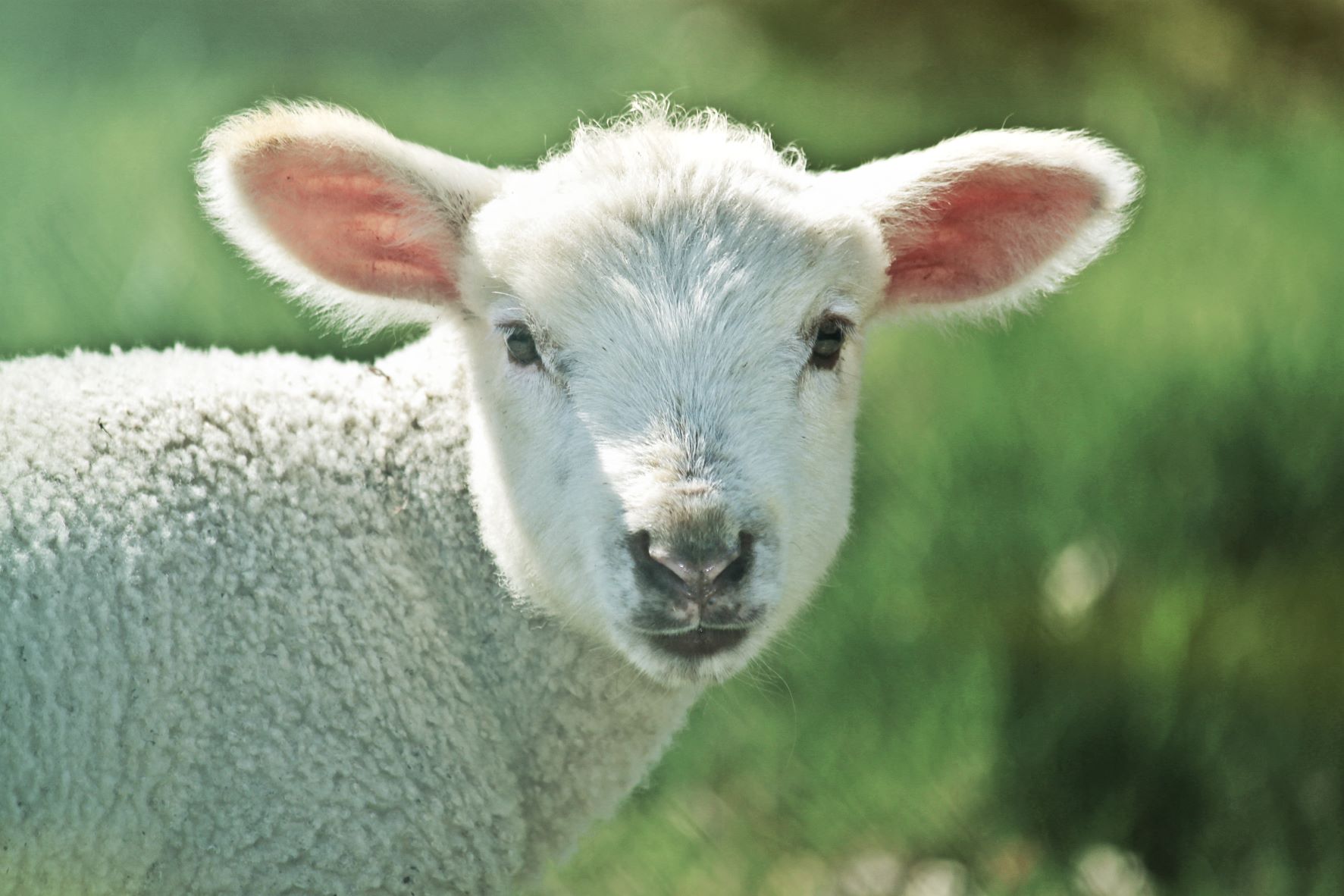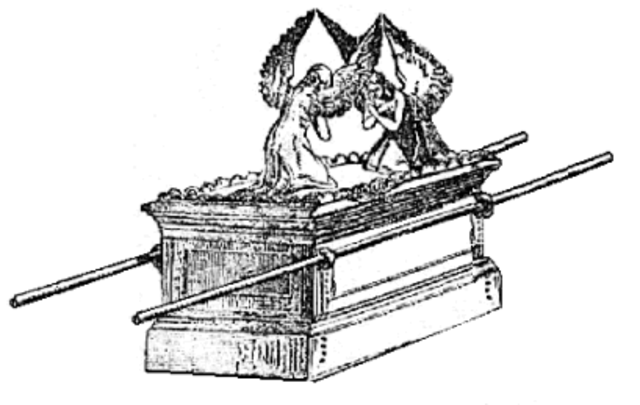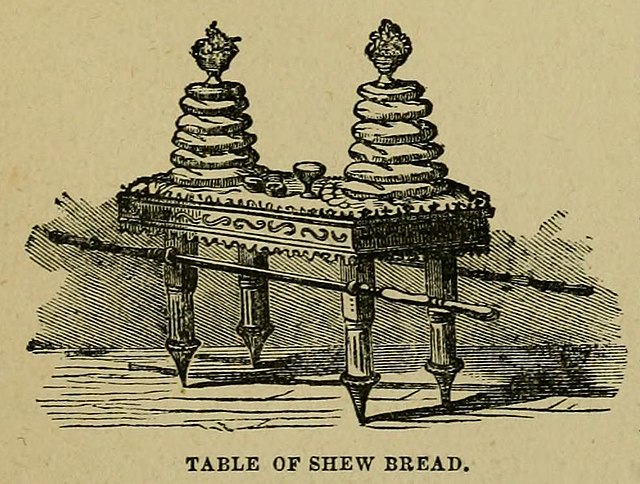On Monday we looked at the festival of the Passover, one day later, on the 15th of Nissan, began the Feast of Unleavened Bread. For seven days (from the 15th Nissan to the 21st Nissan) the Israelites were to have no leaven in their homes. When the Israelites were leaving Egypt at the first Passover they had no time to leaven their bread as they were in such a hurry but this feast has come to mean much more than simply hurrying out of Egypt.
Continue reading “THE FEAST OF UNLEAVENED BREAD”THE FEAST OF PASSOVER
Today we start our series on the Feasts of Israel and their prophetic and applicational meaning. We are going to start by looking at Passover. Passover was the first feast in the Jewish calendar with Passover preparations beginning on the 10th of Nissan (about March or April) and the actual Passover occurring on the 14th of Nissan and then the Feast of unleavened Bread began on the 15th Nissan, the day after Passover.
Continue reading “THE FEAST OF PASSOVER”THE HOLY OF HOLIES, THE ARK OF THE COVENANT AND THE MERCY SEAT
In this last post in this series we are going to be looking at the Holy of Holies, the Ark of the Covenant and the mercy seat. It can be found in Exodus 25:10-22:
“Have them make an ark of acacia wood – two and a half cubits long, a cubit and a half wide, and a cubit and a half high. Overlay it with pure gold, both inside and out, and make a gold molding around it. Cast four gold rings for it and fasten them to its four feet, with two rings on one side and two rings on the other. Then make poles of acacia wood and overlay them with gold. Insert the poles into the rings on the sides of the ark to carry it. The poles are to remain in the rings of this ark; they are not to be removed. Then put in the ark the tablets of the covenant law, which I will give you. Make an atonement cover of pure gold – two and a half cubits long and a cubit and a half wide. And make two cherubim out of hammered gold at the ends of the cover. Make on cherub on one end and the second cherub on the other; make the cherubim of one piece with the cover, at the two ends. The cherubim are to have their wings spread upward, overshadowing the cover with them. The cherubim are to face each other, looking toward the cover. Place the cover on top of the ark and put in the ark the tablets of the covenant law that I will give you. There, above the cover between the two cherubim that are over the ark of the covenant law, I will meet with you and give you all my commands for the Israelites.”
Continue reading “THE HOLY OF HOLIES, THE ARK OF THE COVENANT AND THE MERCY SEAT”THE ALTAR OF INCENSE
The last piece of furniture we are going to look at in the Holy Place before going into the Holy of Holies is the altar of incense. This altar was used purely for offering incense to God and we find it described in Exodus 30:1-9:
“Make an altar of acacia wood for burning incense. It is to be square, a cubit long and a cubit wide, and two cubits high – its horns of one piece with it. Overlay the top and all the sides and the horns with pure gold, and make a gold molding around it. Make two gold rings for the altar below the molding – two on each of the opposite sides – to hold the poles used to carry it. Make the poles of acacia wood and overlay them with gold. Put the altar in front of the curtain that shields the ark of the covenant law – before the atonement cover that is over the tablets of the covenant law – where I will meet with you. Aaron must burn fragrant incense on the altar every morning when he tends the lamps. He must burn incense again when he lights the lamps at twilight so incense will burn regularly before the Lord for the generations to come. Do not offer on this altar any other incense or any burnt offering or grain offering, and do not pour a drink offering on it.”
Continue reading “THE ALTAR OF INCENSE”THE TABLE OF SHEWBREAD
The next item of furniture we get to in the Holy Place opposite the candlestick is the table of shewbread or the bread of the presence. This table is described in Exodus 25:23-30:
“Make a table of acacia wood – two cubits long, a cubit wide and a cubit and a half high. Overlay it with pure gold and make a gold molding around it. Also make around it a rim a handbreadth wide and put a gold molding on the rim. Make four gold rings for the table and fasten them to the four corners, where the four legs are. The rings are to be close to the rim to hold the poles used in carrying the table. Make the poles of acacia wood, overlay them with gold and carry the table with them. And make its plates and dishes of pure gold, as well as its putchers and bowls for the pouring out of offerings. Put the bread of the Presence on this table to be before me at all times.”
Continue reading “THE TABLE OF SHEWBREAD”THE OUTER COURT AND THE GATE
This is the second post in our series on Old Testament typology, and more specifically on Old Testament Typology with relation to the Old Testament tabernacle. When God gave Moses instructions for the construction of the tabernacle He was very specific and Moses had to follow those instructions to the letter because there was a much deeper meaning behind the tabernacle than simply its construction and Jewish worship, this tabernacle would be a prophetic picture of Jesus Christ and what was to come in the New Testament.
For starters the outer court in the Old Testament tabernacle was made from an outer covering of badgers’ skins and then inside this was rams’ skins died red. The badgers’ skins would have been quite plain and their nature protective in order to protect the tabernacle from the elements. This reminds us of Isaiah 53:2 “He grew up before him like a tender shoot, and like a root out of the dry ground. He had no beauty or majesty to attract us to Him, nothing in His appearance that we should desire Him.”
Continue reading “THE OUTER COURT AND THE GATE”TYPOLOGY IN THE OLD TESTAMENT
One of my favourite studies in the Bible is that of typology, how the Old Testament is really a shadow of the New Testament. There are many stories in the Old Testament that are not only true in themselves but are also meant to teach us something about the New Testament. One of these is the Old Testament tabernacle.
Continue reading “TYPOLOGY IN THE OLD TESTAMENT”




